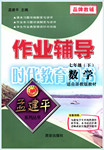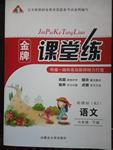题目内容
Not all the patents________ have been recognized.
A. to be examined B. being examined
C. examined D. having been examined
练习册系列答案
 作业辅导系列答案
作业辅导系列答案 同步学典一课多练系列答案
同步学典一课多练系列答案 经典密卷系列答案
经典密卷系列答案 金牌课堂练系列答案
金牌课堂练系列答案
相关题目
题目内容
Not all the patents________ have been recognized.
A. to be examined B. being examined
C. examined D. having been examined
 作业辅导系列答案
作业辅导系列答案 同步学典一课多练系列答案
同步学典一课多练系列答案 经典密卷系列答案
经典密卷系列答案 金牌课堂练系列答案
金牌课堂练系列答案